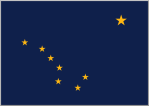
Vast and untamed wilderness at the edge of the western hemisphere

The Last Frontier: Alaska, the 49th State is the wildest and most remote part of the USA. Bought from the Russians in 1867 for a snip, Alaska is a treasure trove of wildlife, wilderness, scenery and resources. Inhabited for thousands of years by the Alaska Natives after crossing the Bering Land Bridge, Alaska is still mostly untamed with few roads and many off-grid settlements. During the 20th century the economy developed around tourism, oil and the military, being as close to the former Soviet Union as it is.
I moved to Alaska from Aberdeen in 2014 on a company transfer, and arrived in time to catch the last of the skiing season before the glorious Alaskan summer began. Although it feels tremendously far away from the rest of the civilised world, for many that’s part of the attraction. With such an abundance of scenery and a great outdoors lifestyle, it’s easy to understand why so many people come, and never leave.
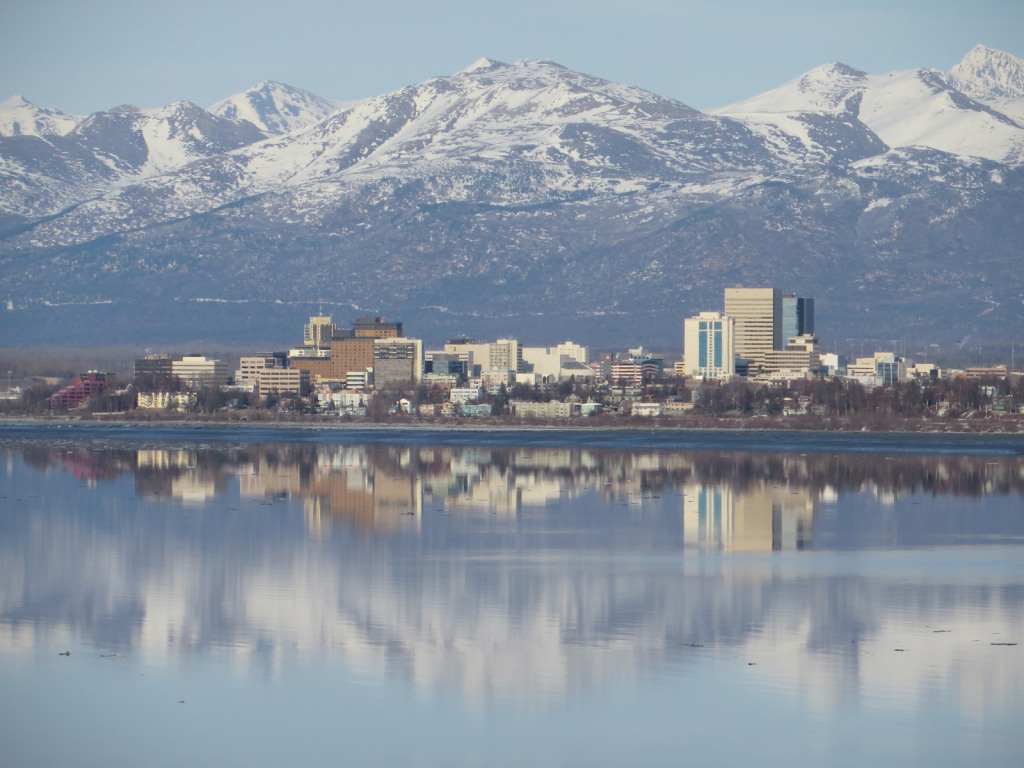
Downtown Anchorage on a crisp spring day, as the last of the ice disappears from the Cook Inlet. The city sits in a great bowl surrounded on all sides by mountains, with the Chugach Range closest, dominating the skyline to the east.
One of the coastal houses on the Turnagain Arm, in my neighbourhood. The highest peak in the background is O’Malley, which despite its forbidding appearance is an accessible hike after work in the summer.
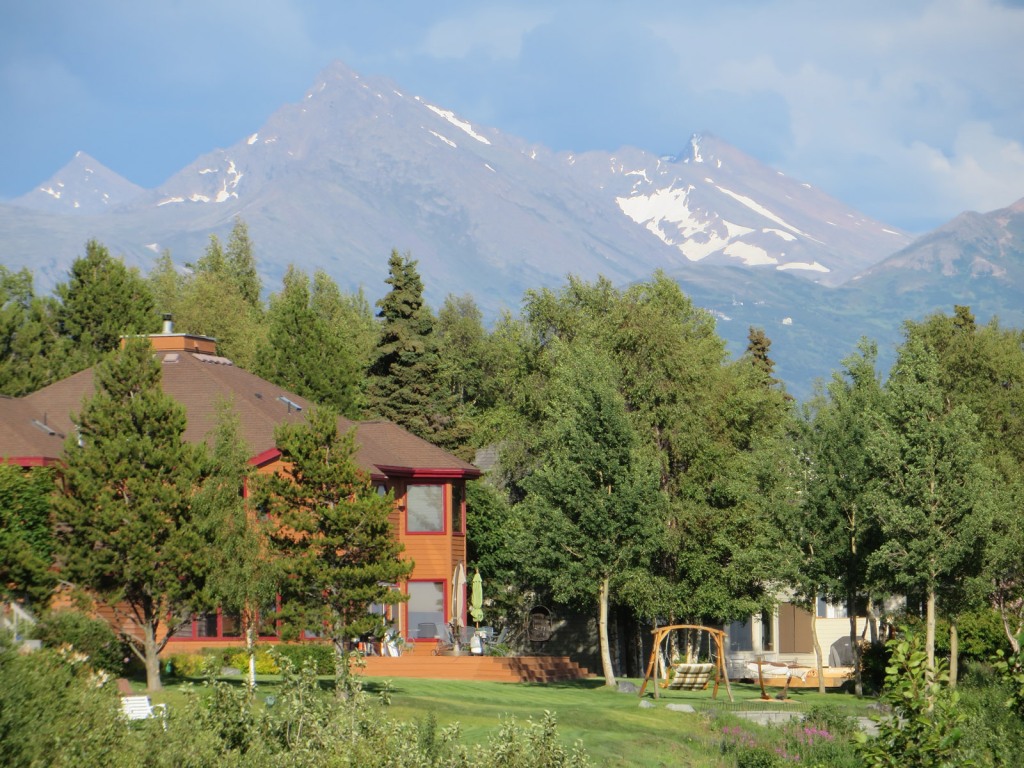

Long after the gold rush of California, prospectors turned their attention to the Alaskan territory and a brief gold rush ensued in the last few years of the 19th century. The village of Hope was one settlement that sprang up in its wake, with many of the original houses still occupied.
Alaska is certainly cold, but Anchorage is well above average and the area also gets some of the world’s largest snowfalls. At the Alyeska Resort, sweeping vistas of the Turnagain Arm form the backdrop as you swish down the many and varied slopes, all quite underused and quiet by European standards.
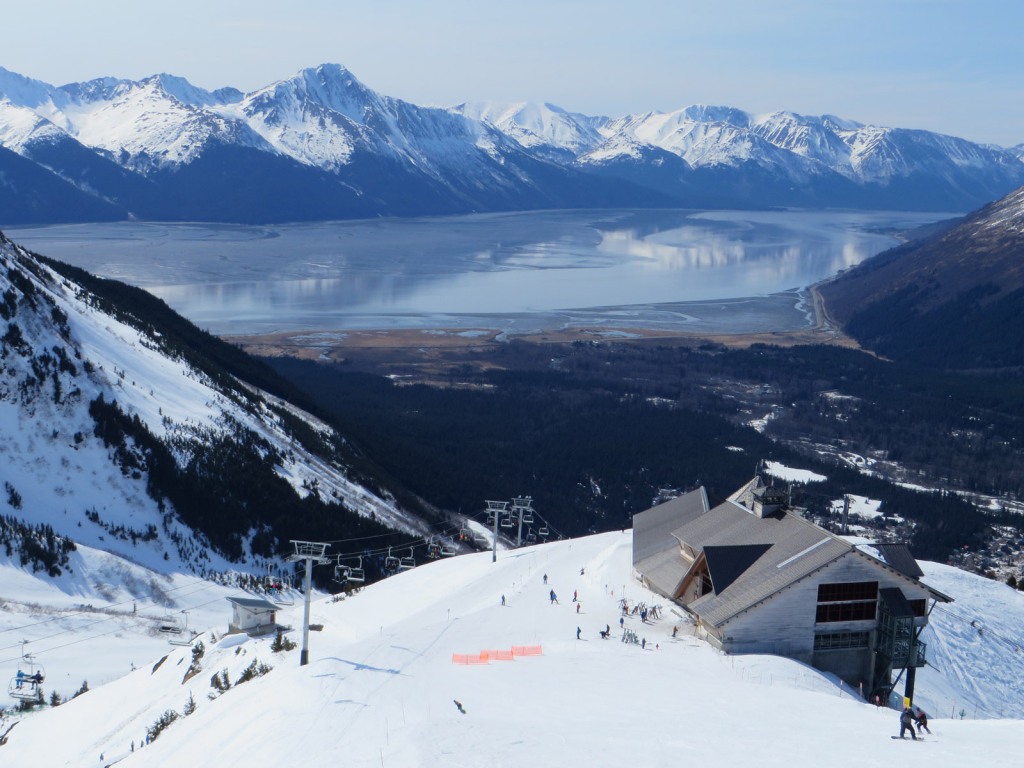

The Alyeska Hotel forms the core of the resort, and a cable car tramway hauls tourists up the north face to the slopes above.
Alaska hosts the highest peak in North America, Denali, as seen here looming above the clouds at over twenty thousand feet. “The Great One”, as the name translates, is a granite pluton and is the tallest single mountain from base to peak on earth.

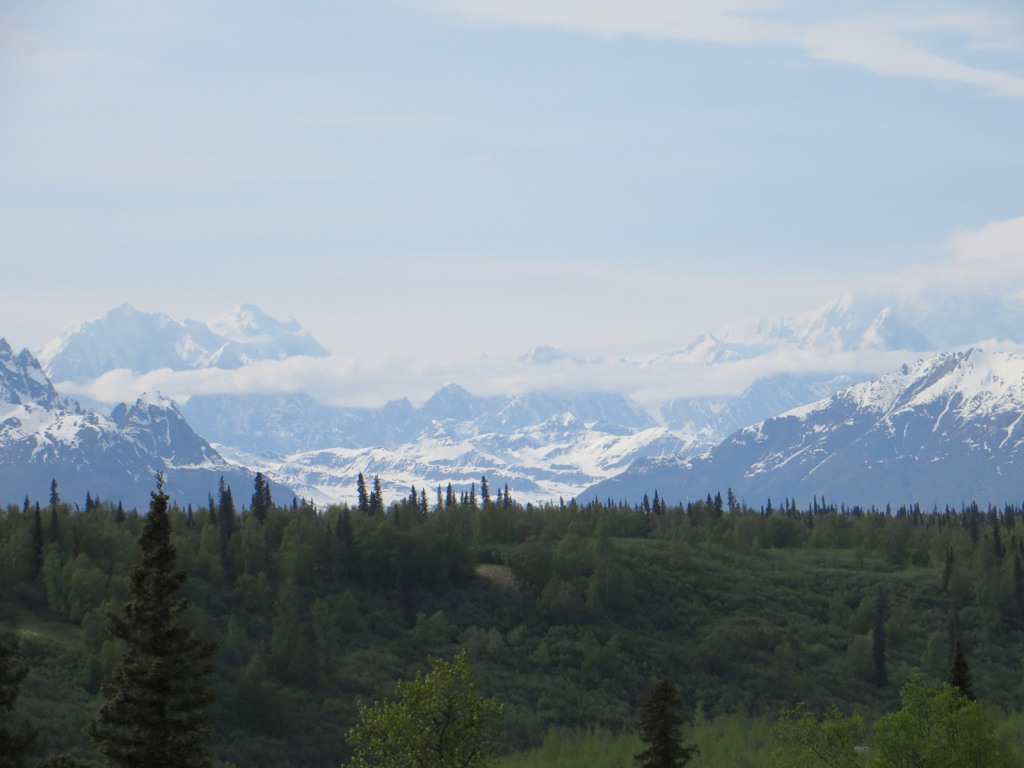
The Alaska Range stretches from the centre of the state, down the Aleutian arm and continues in an island arc almost to Kamchatka in Russia. It is formed by the subduction of the Pacific Plate beneath the North American Plate, and is highly seismically active.
Two bull moose graze near the trail around Williwaw Loop, another of the many short hikes easily accessible from Anchorage. Fully grown moose are easily as big as a horse, at least twice as ugly, and occasionally bad-tempered. If charged, the advice is to run behind the nearest tree.
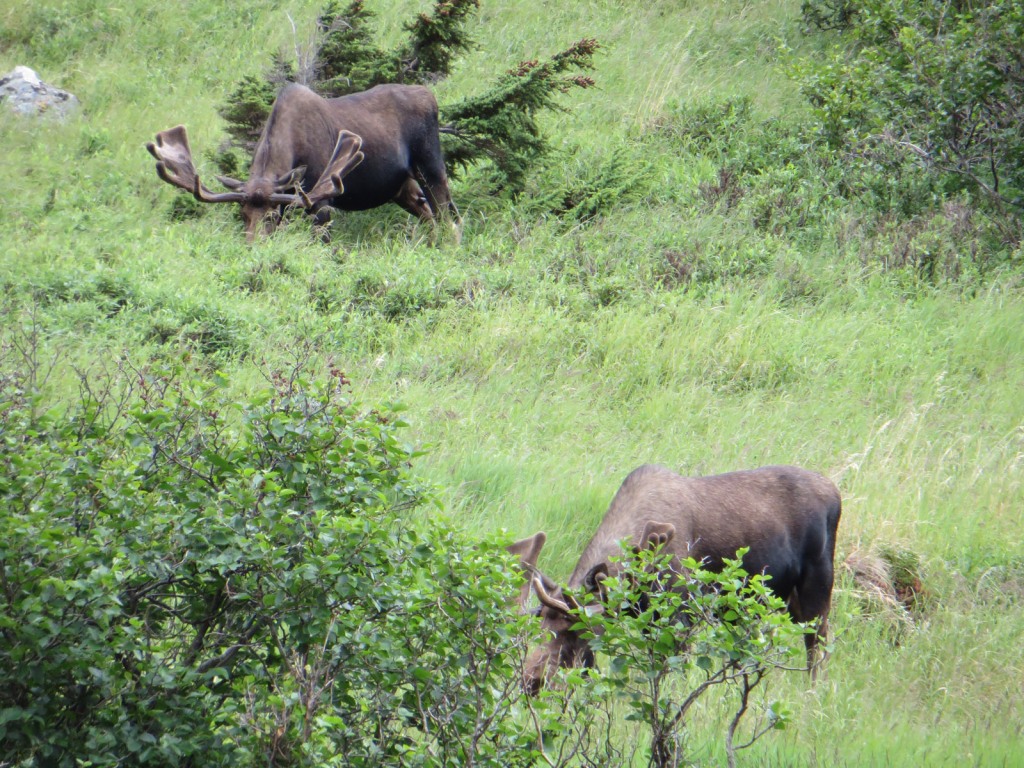
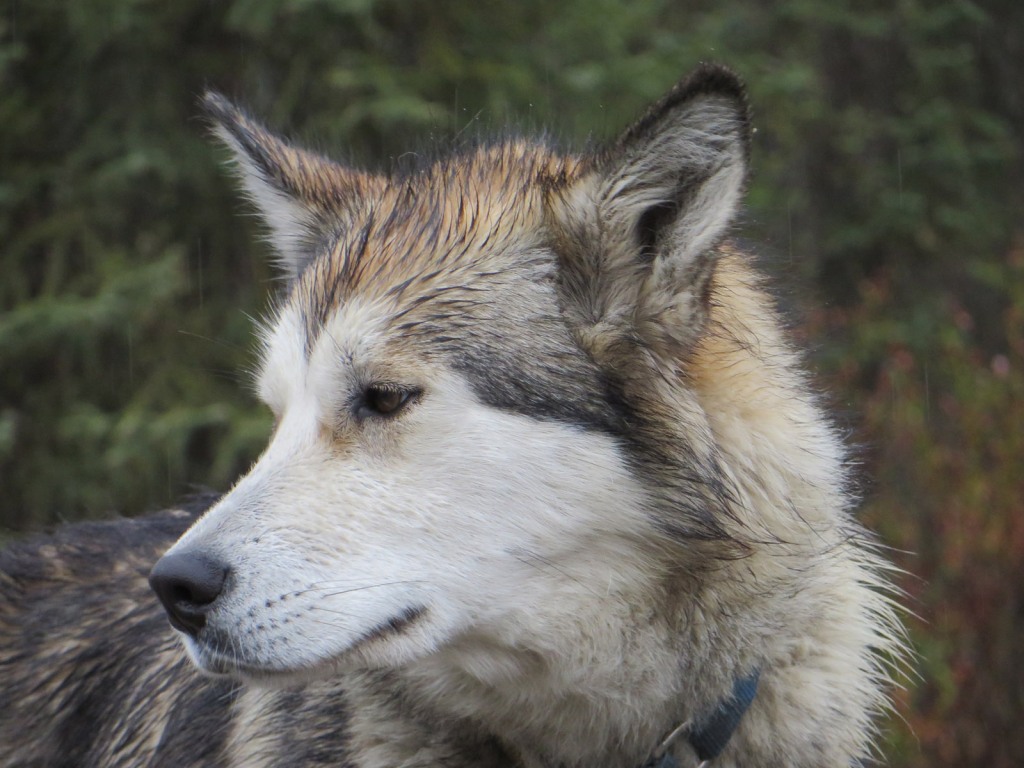
An Alaskan husky dog at Denali National Park. Dog sled teams opened up the interior of Alaska and still form an important part of life in the wilderness for many residents. Each year in February the Iditarod sled dog race takes place, following the route from Anchorage to Nome taken in 1925 to deliver a diphtheria serum to the remote town.
The Alaskan brown bear prowls much of the state, including into Anchorage itself. All residents learn how to be “bear aware”, and I would personally carry a grizzly-strength pepper spray when out hiking. This chap was spotted from the bus in Denali National Park, so no cause for concern, and we got a great close-up look of the magnificent wild beast.
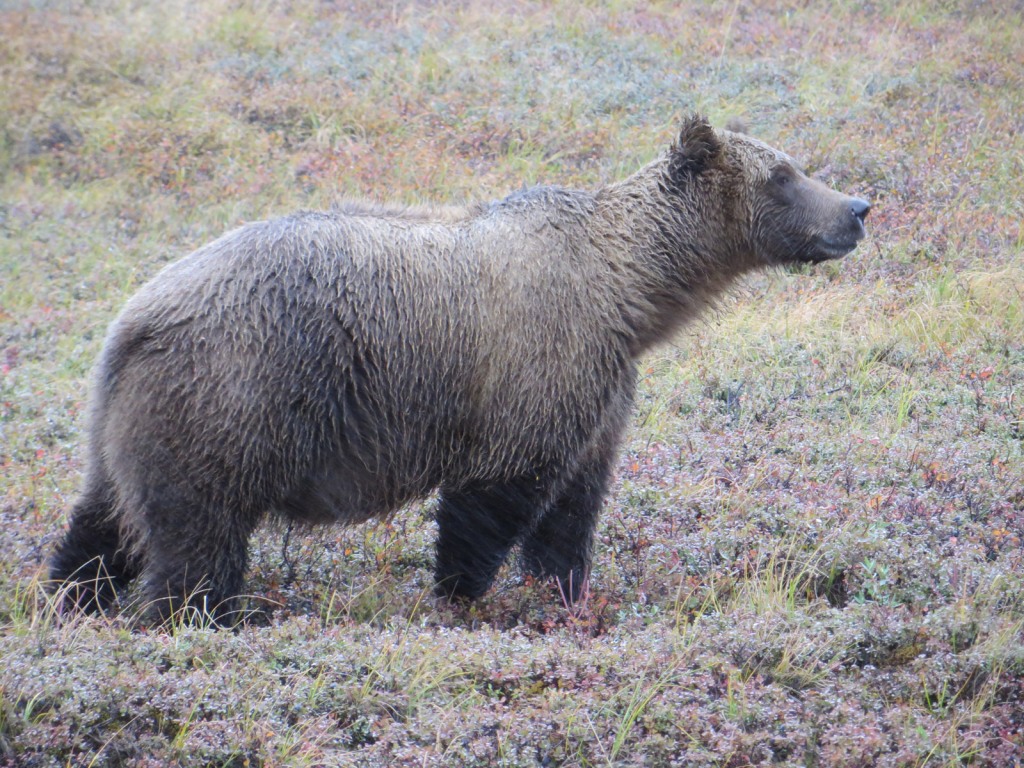
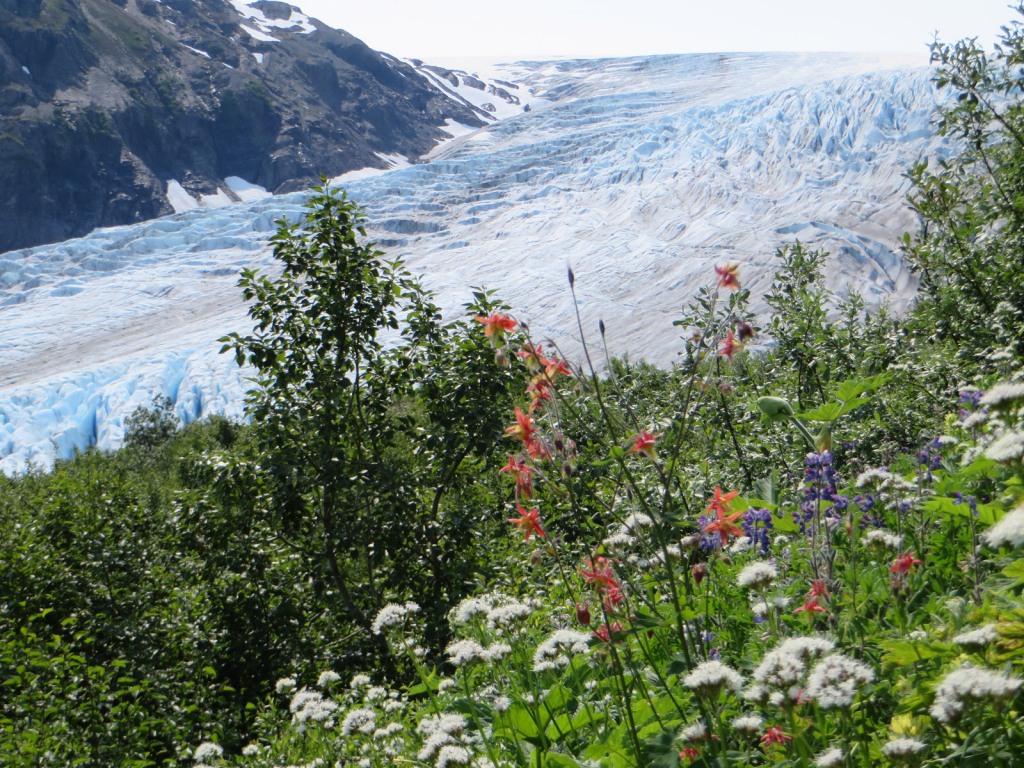
Exit Glacier, one of the state’s estimated hundred thousand glaciers, approximately half of those in the whole world. This one is an easy hike from the road, with spectacular views as you climb up three thousand feet to its ice field source.
The Harding Ice Field is a remnant of the last ice age, at almost a mile deep it fills the valleys and generates over three dozen glaciers. Climbing up here along the Exit Glacier trail, it was like walking into a surreal, blinding, other world.
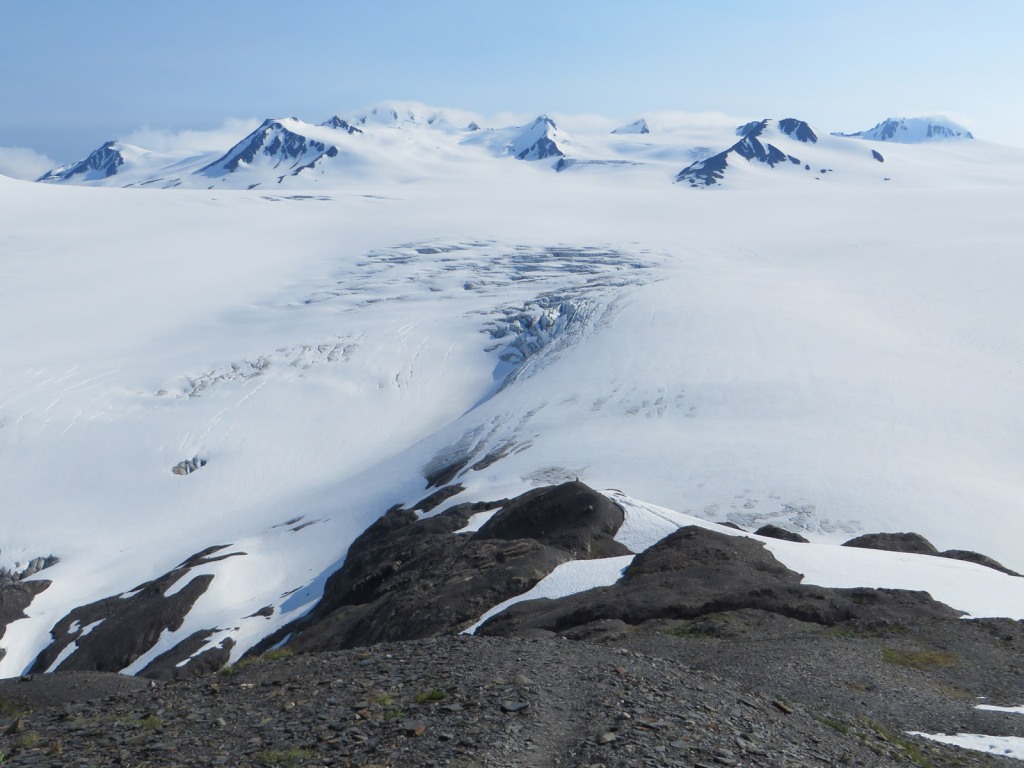

Harvard Glacier ploughs down the slopes of Mount Marcus Baker, which at over twelve thousand feet is the highest in the Chugach range. Each glacier here is named after a US college, and they grind their way into College Fjord, a spur of the Prince William Sound. The snout of this glacier is a mile and a half wide.
Additional glacial fun can be had with easy access to the Matanuska Glacier, star of this page in the featured photo. It is only a couple of hours’ drive from Anchorage, and for a small fee you can set out amongst the crevasses with only yourself to blame if you fall in. Note the brave tourists on the left for scale.


In the depths of winter 2016 I headed across to Valdez by way of Glenallen, approached by a very long straight road in the shadow of Mount Drum, the town’s local volcano.
My destination was the ice climbing festival of Valdez, my first experience of the sport and surprisingly satisfactory. The frozen Bridal Veil falls provided one of several courses, and as long as I kept climbing I didn’t get too cold!


Seals bask in the July sun on an iceberg in Prince William Sound. We spotted these great grunting brutes on a cruise out of Whittier, near the calving face of Surprise Glacier.
A mother and baby sea otter in Prince William Sound. Sea otters spend much of their time floating on their backs in a relaxed fashion. They have nearly a million hairs per square inch of their coat, keeping out the watery chill.


I had my own dose of watery chill on a white water rafting trip down Six Mile Canyon. Even in summer, I can assure you that Alaskan rivers are mighty cold!
The Alaska Railroad is the only publicly owned railway in the country, and runs from the deep water ports of Seward and Whittier, through Anchorage up to Fairbanks and a little beyond in the Alaskan interior. It hauls freight and tourists, and conveniently stops right by Denali National Park.
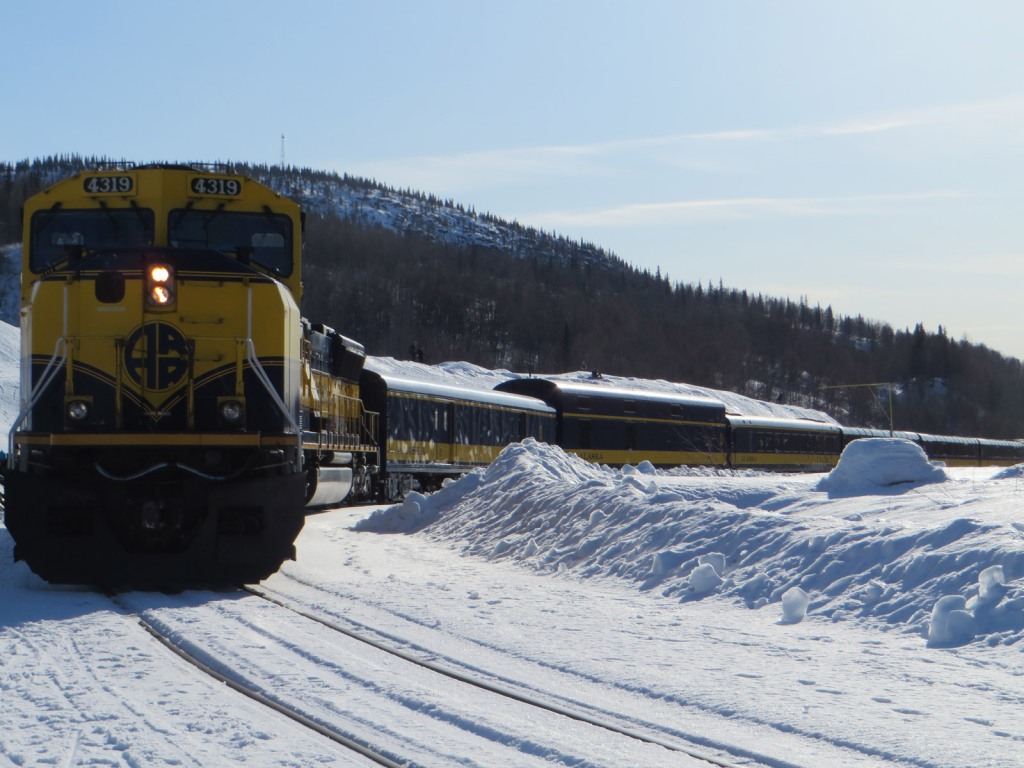
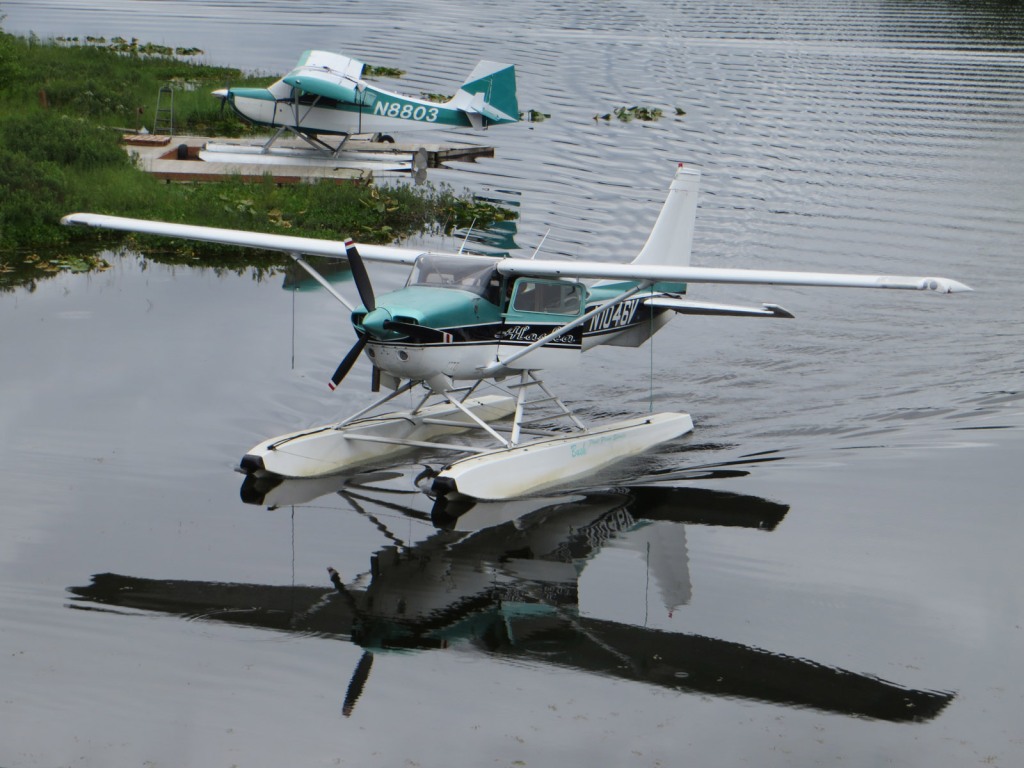
If your destination cannot be readily reached by road, train or even sled dog, then perhaps a float plane is your transport of choice. Alaska has the highest number of private aircraft per capita anywhere, and with so many lakes it’s the way to go when heading out into the bush.
For those with deeper pockets, F16 jets may be your bag. I spotted these ones at the Arctic Thunder air show in 2014, they are part of the formation flying Thunderbirds aerobatics team. Alaska is a strategic location for the US military, and it’s a common sight to see F22s and C-17s zooming through the skies above Anchorage.

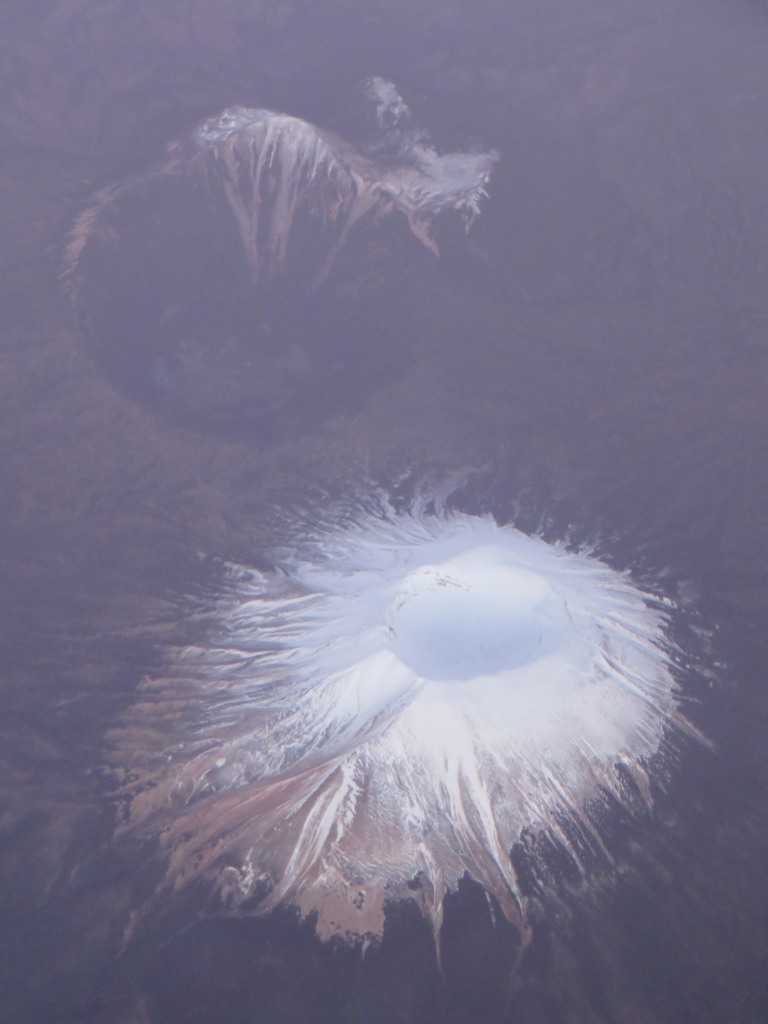
Alaska is highly seismically and volcanically active, forming part of the Pacific Ring of Fire. This is Mount Edgecumbe on Kruzof Island near the town of Sitka, the old Russian capital. Eruptions happen frequently in the state, although usually do not affect population centres. Earthquakes on the other hand are widely experienced – in my time in Anchorage I have felt many, up to magnitude 7.1.
Moonrise over the mountains at the Canadian border. I think the highest of these peaks is Mount Saint Elias, which rises over 18,000 feet more or less straight out of the sea. This was snapped on an incoming flight to Anchorage from Seattle in the dead of winter.

Created 2015 | Updated 2023
